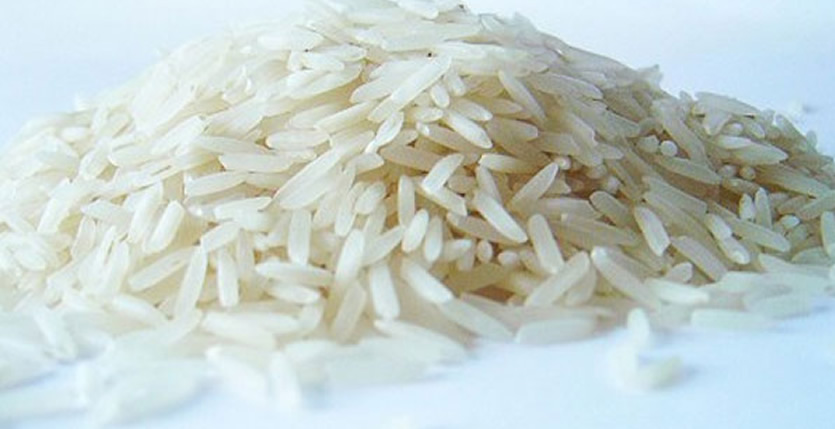The Philippines is set to pioneer hybrid rice farming in Malaysia in April as the country’s ASEAN neighbor seeks to raise self-sufficiency in rice production amid its limited rice area.
Local hybrid rice and seeds producer SL Agritech Corp. will ship out a minimum of 100 kilos of seeds for an initial pilot testing where quarantine processes are already being arranged.
“Given this potential commercial planting, the Philippines can be the first to introduce a highly suitable hybrid rice in Malaysia. Our hybrid rice was developed for tropical climate. Malaysia has a climate much similar to our climate in Mindanao,” SL Agritech chairman Henry Lim Bon Liong said.
The pilot testing will be spearheaded by a private Malaysian company, Titijaya Land Berhad (TLB), in partnership with the Malaysian government through agricultural state research agency Malaysian Agricultural Research and Development Institute (MARDI).
TLB has also expressed interest to start the importation of seeds from the Philippines to commence commercial planting of the hybrid rice, but tests have to be carried out under federal rules.
Previous pilot tests in Sarawak state have been successful, giving a yield of 10 metric tons (MT) per hectare which is significantly higher from the national average rice yield of inbred in Malaysia.
“We can’t just use the results of the test in Sarawak to right away do commercial planting in Penang because of Malaysia’s government policies,” SL Agritech hybrid rice specialist Frisco Malabanan said.
The initial pilot testing in the states of Penang and Kedah is foreseen to be succeeded by commercial planting on around 1,000 hectares.
Furthermore, other Malaysian private firms have expressed intention to import SL Agritech’s Dona Maria premium rice.
“This will demonstrate to the Malaysian market the good quality of Philippines’ hybrid rice. We have an advantage because ours is hybrid which has a higher yield,” Malabanan said.
Malaysia imports around 35 percent of its rice supply from Thailand while its own production continues to be dominated by inbreds despite introduction of hybrid rice by Chinese producers.
Source and image: Philstar

















Join the Conversation